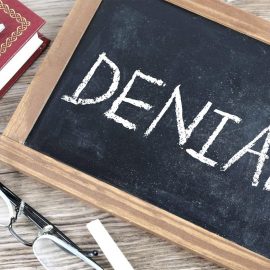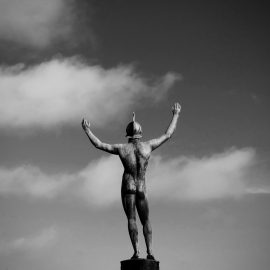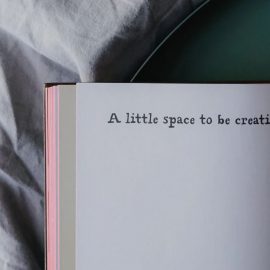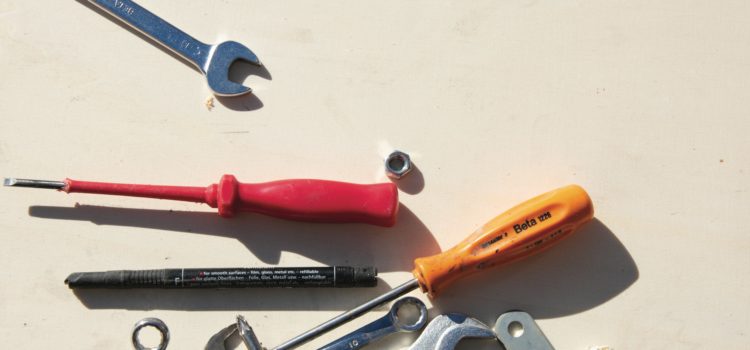
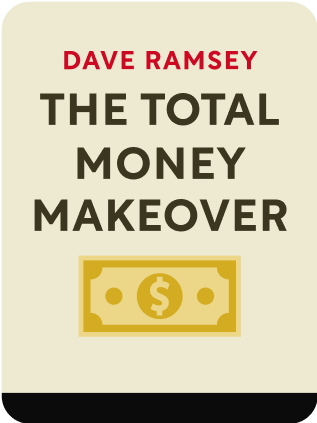
This article is an excerpt from the Shortform book guide to "The Total Money Makeover" by Dave Ramsey. Shortform has the world's best summaries and analyses of books you should be reading.
Like this article? Sign up for a free trial here .
What are the Dave Ramsey tools for financial health? What questions help you implement his tips?
Dave Ramsey’s tools are offered throughout Total Money Makeover. Thinking through them with the Total Money Makeover workbook.
Read on for 15 questions to help you apply the Dave Ramsey tools.
Questions to Apply the Dave Ramsey Tools
A major obstacle to gaining control of your finances is the widespread belief that debt is useful and normal. But you’ll never build wealth while a significant part of your income is tied up with making loan payments. These questions are part of the Total Money Makeover workbook to think about this issue.
- Before reading the preceding chapter, what were your beliefs about debt?
- How have these beliefs impacted your life and how you handle money?
- How much total debt do you have and what are your monthly payments? What else could you be doing with that money?
Myths about debt and money, denial that you have a money problem, a lack of financial knowledge, and peer pressure can keep you from achieving financial fitness.
- What are your main obstacles to financial fitness?
- How have these obstacles affected your life?
- What can you do to get rid of them?
Everyone needs a rainy day fund because financial emergencies will come up, and if you borrow to cover them, you’ll only create worse problems for yourself. You should immediately create a $1,000 emergency fund.
- What can you do to save $1,000 (for example, hold a yard sale, stop eating out, carpool to save gas money, work extra hours)?
- Where will you put the money so it’s accessible when you need it, but not so accessible that you’ll spend it in a non-emergency?
- What will be the biggest temptation to spend it for non-emergency purchases? How will you resist this?
You should have an emergency fund large enough to cover three to six months of expenses, enabling you to manage without an income. Depending on your circumstances, it should be between $5,000 and $25,000.
- Based on your personal circumstances, how much do you need to save for an emergency fund? (Consider factors such as your income, whether or not your income is stable, and whether or not your job is at risk.)
- Where will you keep your emergency fund (it should be readily accessible)?
- What is your biggest obstacle to saving this amount of money? How can you overcome it?
Giving may be the most rewarding thing you can do with money. You don’t have to be rich to help people, but you can often do more when you have money. These questions think about the Dave Ramsey tools for enjoying your money.
- What’s a cause near and dear to your heart that you would like to help someday?
- What are some creative ways you could design a gift so that it would have a lasting impact on your cause?
- Where will you need to be financially before you can make such a gift?

———End of Preview———
Like what you just read? Read the rest of the world's best book summary and analysis of Dave Ramsey's "The Total Money Makeover" at Shortform .
Here's what you'll find in our full The Total Money Makeover summary :
- The 7 steps to achieving financial stability (you'll love #7)
- A fool-proof plan for becoming debt-free
- How myths about debt and money are crippling your financial health


